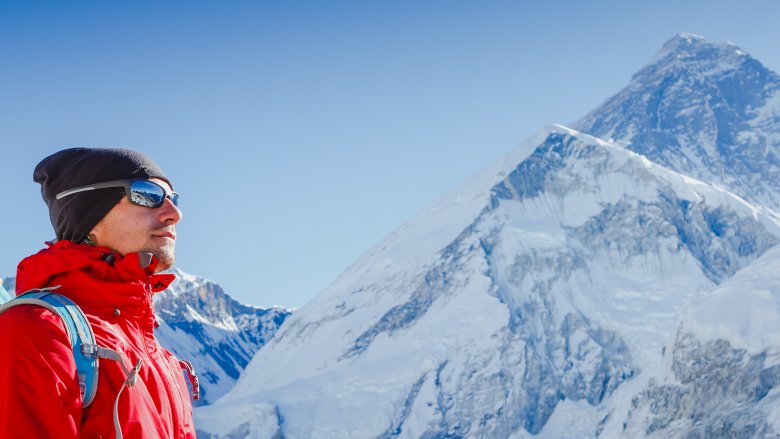Do Dead Bodies Really Stay On Mt. Everest?
Yes. Well, sort of. Mount Everest is a difficult case, as far as ecological responsibility is concerned. First of all, Everest is a murderous sociopath. People die on Mount Everest just about every year, in fact, the BBC says the last year without at least one death was 1977, so it's been more than 40 years since the mountain last said to itself, "Hey, I don't think I'll kill anyone this year."
People know what they're getting into, though, so who are we to criticize? If they die up there, well, that's between them and the mountain. And also the hundreds of other people who climb Everest every year who are going to have to step over their dead bodies on the way to the top. According to Outside Online, there may be as many as 200 bodies still up there on the mountain, and more of them are being revealed by melting snow as average annual temperatures rise.
Why doesn't someone go get the bodies left on Mt. Everest?
It might seem weird that families would allow their loved ones' corpses to eternally languish on Everest in plain sight, but the reasons are practical. Anyone who dies about 21,000 feet has to be left there, for the simple reason that it's just too dangerous to try and remove that person. Bodies freeze quickly on the mountain, and they're often frozen to the ground so it's really not just a matter of lifting and carrying them down. Once freed from the mountainside, a frozen body might weigh more than 300 pounds. Anyone attempting to carry something that size in high altitudes and sub-zero temperatures over hazardous footing is vying for a chance to become the next impossible-to-remove body on the world's highest peak.
Families who insist on recovering the bodies of their loved ones may pay tens of thousands of dollars to do so. That's probably one of the reasons why so many climbers say that if the worst happened, they would prefer to be left on Everest. On the other hand, Everest is kind of becoming an eye-sore, not just because of the bodies but also because of all the trash. There have been some efforts made to remove both bodies and trash, but the logistical difficulty of doing so means that a lot of corpses (and trash) are likely to just stay where they are.

